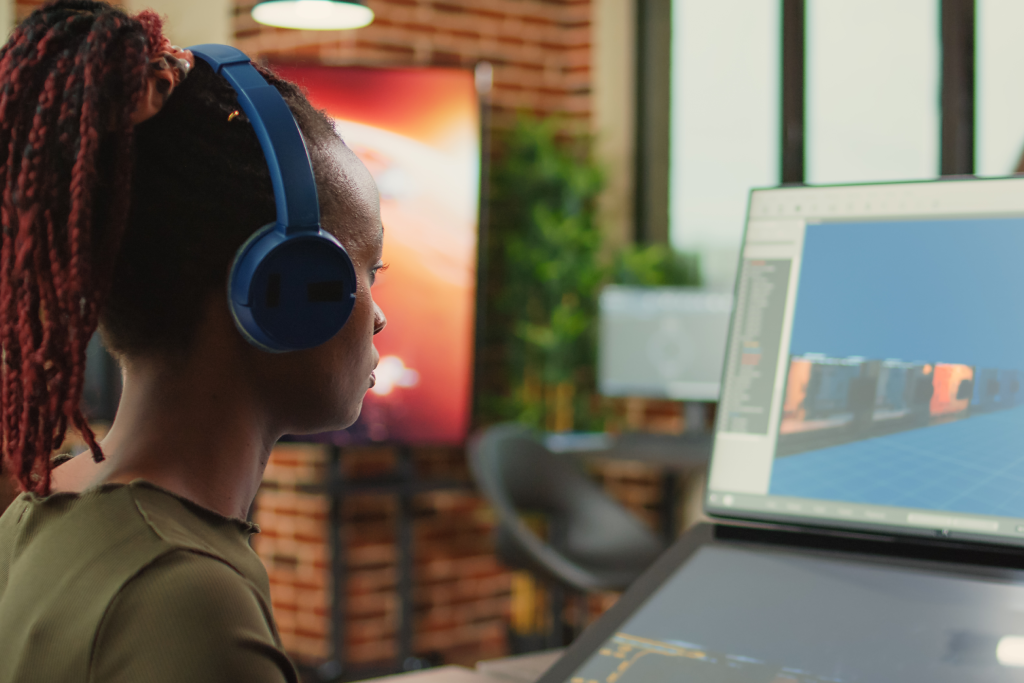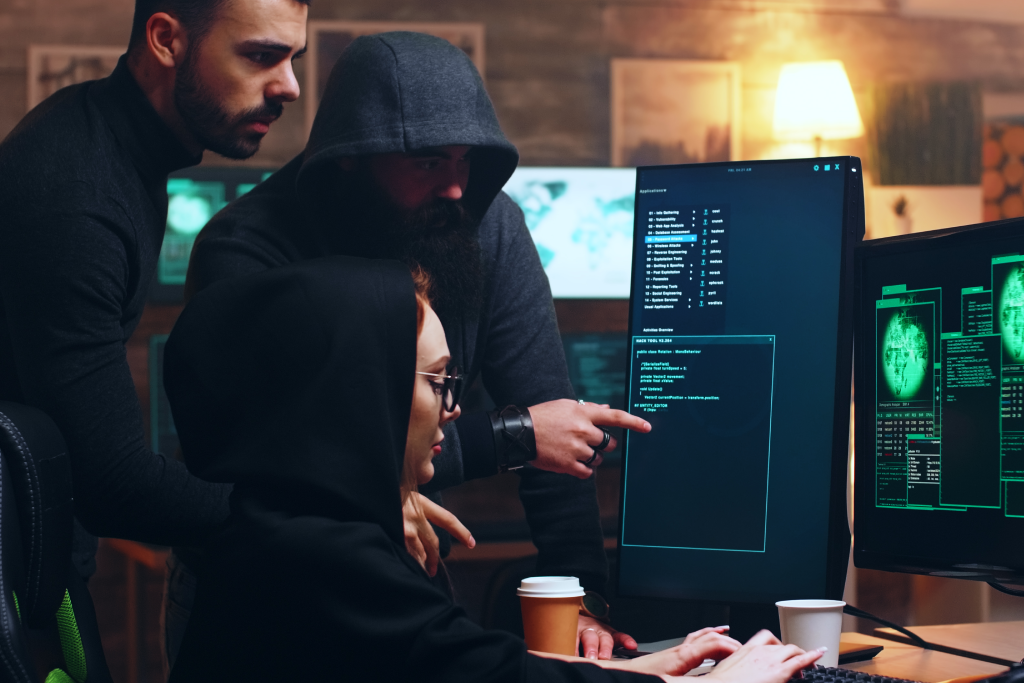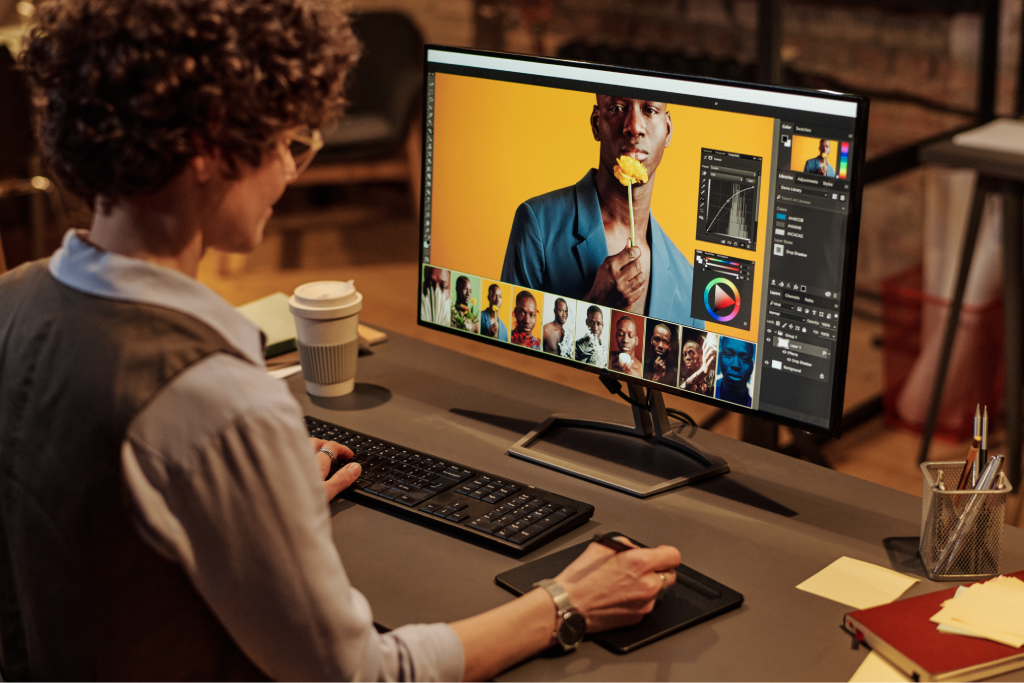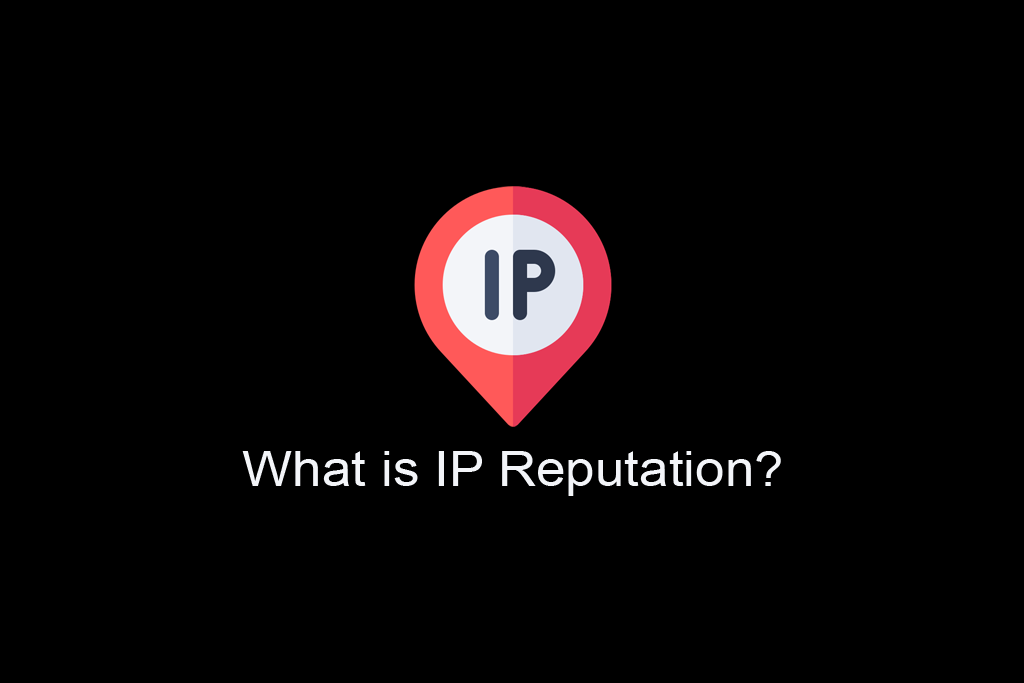What is Freeware?

Freeware refers to free software programs that are 100% free of cost. However, freeware isn’t exactly the same as “free software.”
What is Freeware?
Freeware is software that a user can use for zero monetary
cost. It also means that there are no
paid licenses required to use the software program, no fees, no restriction on
how many times you can download or open the program, and unlike shareware,
there is no expiry date.
But do not forget different products may have different terms
of use, and freeware is also the same.
With the enormous free advantages, it can still be restrictive. Free
software, on the other hand, is completely void of restrictions and allows
users to do absolutely whatever they want with the program.
On the point of security, cybercriminals may use freeware as
a distribution method for malware. The promise of free software is a common
social engineering tactic they use to trick internet users into downloading
malicious programs. However, Priil Antivirus protection software can be helpful
to mitigate the freeware malicious program effects.
Difference between Freeware and Free software
As we told you that freeware is cost-free software, but it’s
not exactly the same as free software. Here are the following points that
distinguish between freeware and free software.
Freeware is cost free software and free software is copyright-free
software. For example, freeware is software under copyright but available at no
cost; free software is software with no limitations, but might not be free in
the sense that there’s no price attached to it.
|
Free Software |
Freeware |
|
Free software
can be modified and change at the will of the user. Users can even make changes to the core
elements of the program. |
On the other
hand, this is not same in freeware. A freeware application may not have its source
code freely available. Freeware software program is not editable and cannot
be transformed to creating something new, or inspected to learn more about
the inner things, like Free software. |
|
Free software
means developer has to release the program without restrictions to make it
really free. This type of software is often called open-source software. |
Freeware
might also be restrictive. For instance, one freeware program might be free
only for private use and stop working if it’s found to be used for commercial
purposes because there are paid edition available that includes more advanced
features for commercial use. |
|
Free software
program is also 100% legally redistributable and can be used to make a profit
without bearing any software cost. |
Unlike free
software programs, freeware users’ freedoms are granted by the developers and
likely some developers might give more or less access to the program than
others. So earning from freeware software program can without any cost can be
varied to the software. |
|
Examples of
free software include GIMP, LibreOffice, and Apache HTTP Server. |
Examples of
freeware CCleaner, Skype, and AOMEI Backupper |
Why developers release Freeware
Freeware is also useful for the advertisement of commercial
software and this is usually done by giving out a version with similar but
limited features. For example, a freeware software program might have
advertisements or some features might be locked down until a license is
provided.
On the other hand, some programs might be available at no
cost because the installer file advertises other paid-for programs that the
user might click on to generate revenue for the developer. Additionally, there
are other freeware programs that might not be profit-oriented but instead, are
provided to the public for free for educational purposes.
FAQ
What is Freeware?
Freeware refers to free software programs that are 100% free
of cost. However, freeware isn’t exactly
the same as “free software.”
What is Freemium?
Freemium programs are ones that accompany a paid-for edition
of the same software and are used to advertise the professional version. The
paid edition includes more features but the freeware version is still available
at no cost.
What is Shareware?
Shareware is software that is available for free but only
during a trial period. You may have
already seen that many paid software provides 30-day free trial. During this
trial period, you don’t need to pay anything, however, if you wouldn’t cancel
the subscription during the trial period, you’ll be charged once the trial
period ends.
Where to download Freeware?
Freeware software program comes in many forms and from many sources. Here are some websites that let you download freeware software.
Final Touch
Hey guys! This was the guide about “what is freeware.” Freeware and Free software are not exactly the same. This guide would help you to know better what freeware is and how it helps you to get access to every application. I hope this guide would answer all your questions about freeware and free software. If you still have any queries regarding this article, please let us know in the comment section below.
Like 5
"Priil Tech Nerds" - consists of skilled writers and editors dedicated to producing exceptional content. Our articles are crafted by a team of passionate writers and researchers who are committed to sharing valuable ideas you can rely on.








